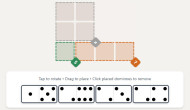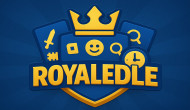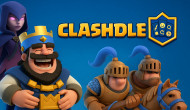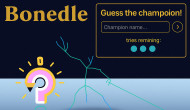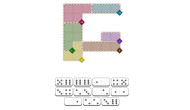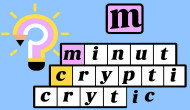Mathler
Mathler is a straightforward game that may be played for free on its wordlewebsite.com website, just like Wordle. There are no advertisements, and each new puzzle appears at 7 p.m. ET. You can only play it once each day (of course) (midnight GMT).
In contrast to Wordle, you are given the response up front; in this instance, it is a number. The task is to solve the equation that results in the number using the digits 0 to 9 and the operations +, -, *, and / placed in the six boxes.
That is more difficult than it appears because there are numerous ways to determine the answer at any one time. For instance, if the answer is 20, the solution might be either 1*5+15 or 30-8-2; the challenge is determining which option is accurate.
You can get some hints, just like with Wordle: if a digit is accurate and in the proper location, it will turn green; if it is correct but in the improper location, it will turn yellow; and if it is incorrect, it will be gray.
If you answer correctly, a recognizable pop-up will appear with your played games, success rate, longest streak, and guess distribution. Naturally, there is also a Share button so you can brag to everyone about how smart you are, with the answer deftly concealed.
Here's your chance to play early before the rest of the world learns about it because it was designed by one Daniel Tait and seems to be a new game.
How to play Mathler
While Wordle and games like it may appear relatively similar on the surface, Mathler is far more difficult. There are six tiles that need to be filled, and each one must include one of the mathematical operators. In this game, all you need is the equation; in Nerdle, you must also include the answer in your guesses.
Sadly, it is impossible to cheat your way through Mathler using tactical estimates and some strategic thinking because the target amount changes every day. Instead, you'll need to visit the Mathler website every day and work your way toward the solution using the feedback from each estimate.
Similar to Wordle, a green tile indicates that the number or operator is in the proper location, an orange tile indicates that it is in the equation but not in the proper place, and a grey tile indicates that it is not in the solution. Although the layout is well known, finishing each Mathler is no simple task.

